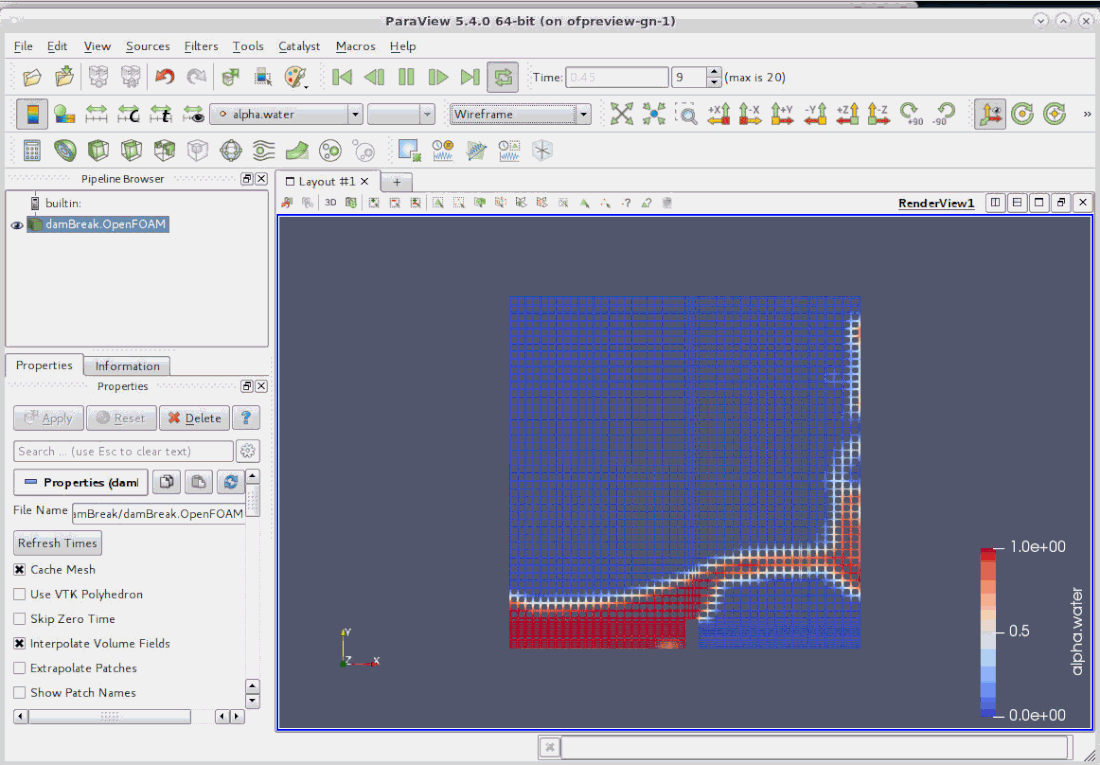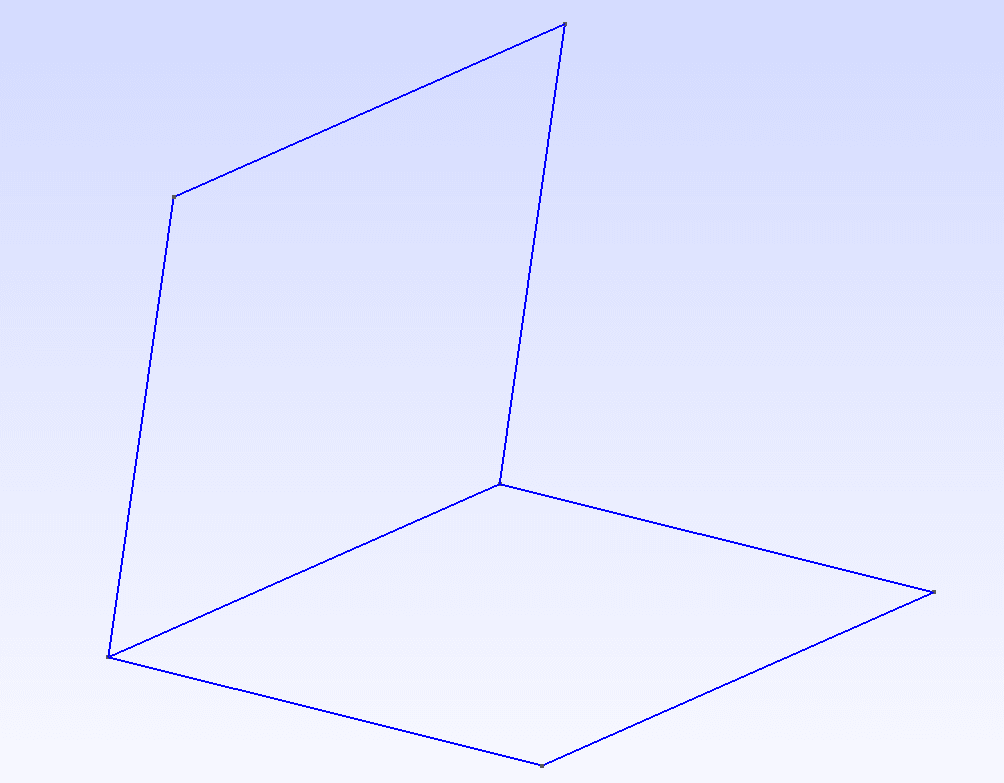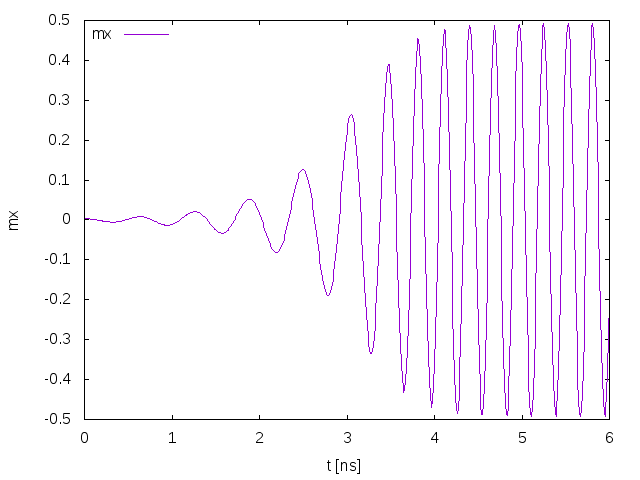
Most of these datasets are ignored by code_saturne, and only those relative to vertex, element, group, and coordinate system definitions are handled. It may contain many different datasets, relative to CAD, meshing, materials, calculation results, or part representation. This format was very popular in the 1990's and early 2000's, and though the I-deas tool has not focused on the CFD (or even meshing) market since many years, it is handled (at least in part) by many tools, and may be considered as a major "legacy" format. Simail user documentation and release notes or MODULEF documentation: Triangles, quadrangles (+ volume element face references)Įlement face references and volume sub-domains (interpreted as numbered groups)Īll files of this type as long as the coordinate system used is Cartesian and not cylindrical or spherical

Gmsh parallel 64 Bit#
Semi-portable "Fortran" binary (IEEE integer and floating-point numbers on 4 or 8 bytes, depending on 32 or 64 bit Simail version, bytes also ordered based on the architecture) Note that depending on the architecture on which a file was produced, it may may not be directly readable by Simail on a different machine (due to non-portable/non-standardized Fortran binary file headers and endianness issues), but this is usually not a problem for the code_saturne preprocessor, which automatically detects the byte ordering and the 32/64 bit variant and adapts accordingly. Most "classical" element types are available, except for pyramids. code_saturne does not currently handle cylindrical or spherical coordinates, but it seems that Simail always outputs meshes in Cartesian coordinates, even if points have been defined in another system. This format is output by Simail, which was used heavily at EDF until a few years ago. Included documentation, also available at: Default extensionĪll files of this type (current revision: 4.1) This requires an extra step, but allows for fine-grained control over the groups associated with the mesh, while using only elementary entities could lead to a high number of groups. To obtain distinct groups with a mesh generated by Gmsh, it is thus necessary for the user to define physical entities. Although it is possible to build a mesh using Gmsh without defining any physical entities (in which case all elements will belong to the same group, the documentation clearly says that geometric entities are to be used so as to group elementary entities having similar "physical" meanings. In code_saturne, it was chosen to interpret physical entity numbers to groups. Using later versions it is possible to associate an arbitrary number of labels with each element. In the initial version of this format, two labels were associated with each element: the first for the element's physical entity number, the second defines its elementary entity number.

Note that some meshes produced by Gmsh man contain some badly oriented elements, so the Preprocessor's -reorient option may be necessary. This tool has both meshing and post-processing functionality, but code_saturne only imports the meshes, allowing MSH formats up to 4.1 (the latest revision as of March 2020).
Gmsh parallel free#
This format is used by the free Gmsh tool. Note that the preprocessor can read gzipped mesh files directly (for Formats other than MED, CGNS, or CCM+, which use specific external libraries) on most machines. Unless a specific option is used, the Preprocessor determines the mesh format directly from the file suffix: These formats are described in greater detail in the following sections. The following formats are currently supported: All of these formats have advantages and disadvantages (in terms of simplicity, functionality, longevity, and popularity) when compared to each other.


Code_saturne supports multiple mesh formats, all of these having been requested at some time by users or projects based on their meshing or post-processing tools.


 0 kommentar(er)
0 kommentar(er)
